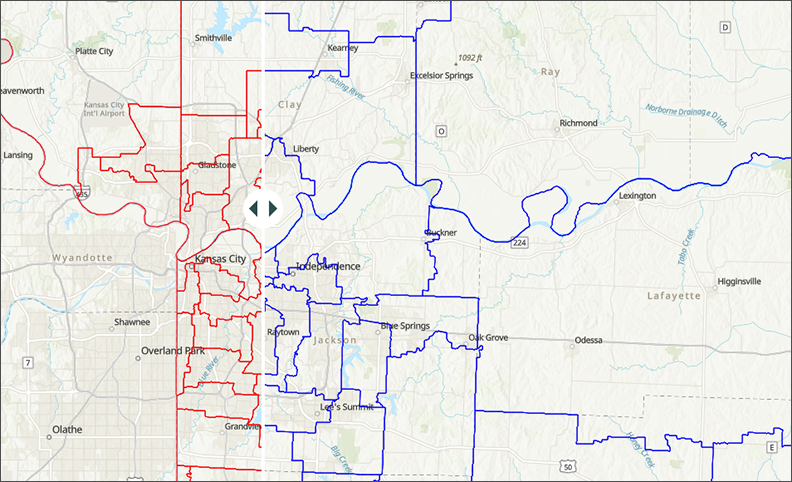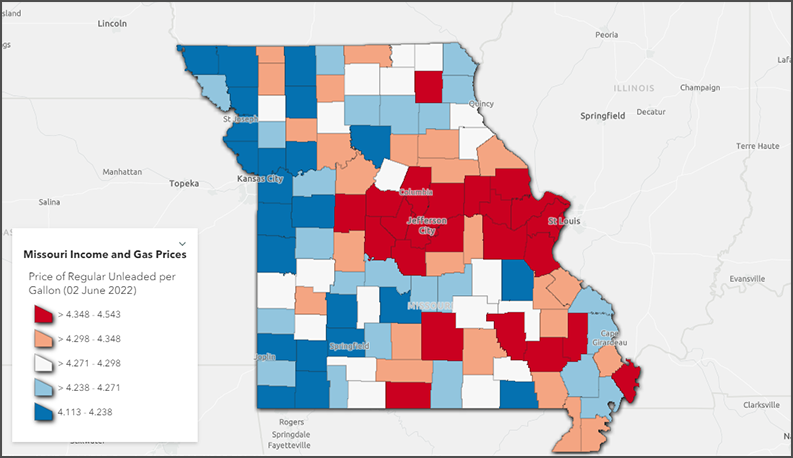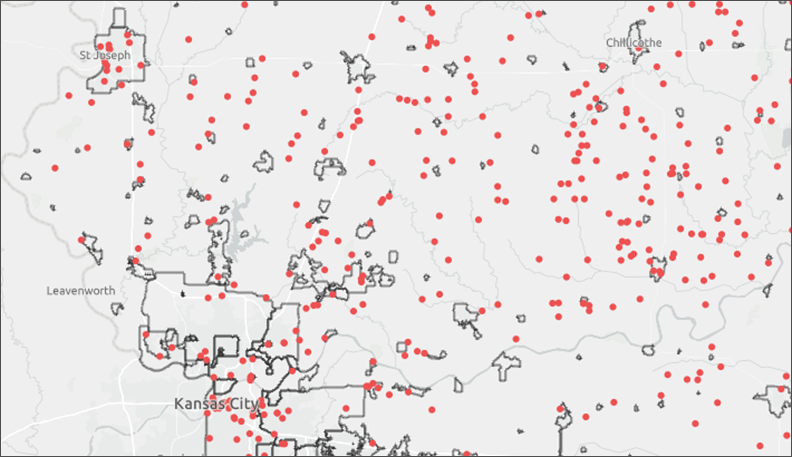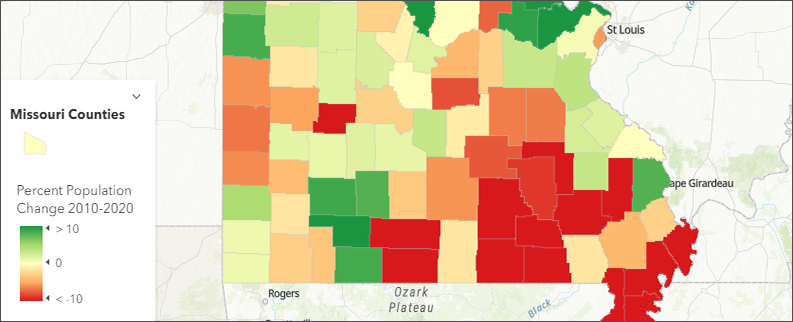The U.S. Census Bureau has published a collection of state population profiles for 2020 as part of its “America Counts” story series.
Missouri now has a population of 6,154,913 and 2,786,621 housing units.
Between 2010 and 2020, Missouri’s population increased by 165,986, or 2.8%. By comparison, the overall U.S. population increase was 7.4%.
Missouri’s under-18 population decreased over the past 10 years by 3.2%, while the adult population increased by 4.6%.
Some key figures about the population of the entire United States, for comparison:
- Population was up to 331.4 million.
- The Diversity Index went up to 61.1%, from 54.9%.
- The under-18 population decreased by 1.4%, and the adult population increased by 10.1%.
- The number of housing units went up 6.7%, and vacancies went down to 9.7% of all housing units.
Visit the U.S. Census Bureau’s Missouri profile page to learn more.







